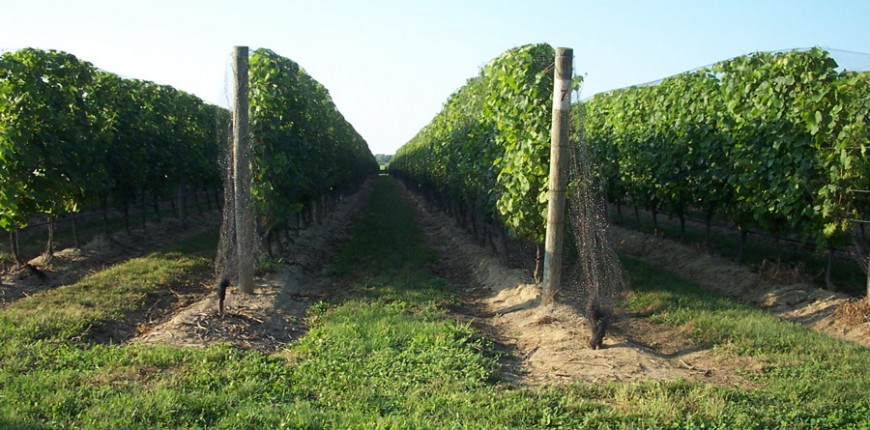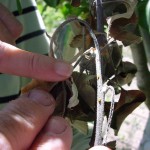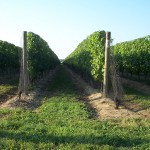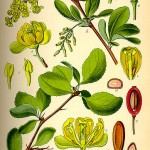Since the antiquity, man has promoted the dispersal of agricultural and ornamental plant species and a wide range of attendant or hitchhiking pests and diseases. Many of today’s crops were transported from East to West along the Silk Road and several trading routes between Africa and the Middle East, scattering new pests on their way. Some became invasive, others never established. During the 19th century, as long-distance transport was becoming faster and more common, the trade of living plants and plant products together with their associated pests and diseases intensified. It is estimated that since 1950, the world trade increased fourteen fold and the related number of invasions increased exponentially. It was then that plant collectors from Europe and North America started gathering rare and unusual plants and animals from all around the world. With these came increasing reports of new “plagues” and insects never seen before. People were just starting to understand better the cause of diseases and damages to crops but did not quite understand how and why they appeared and what to do about it– it did not take long for disasters to strike.
We all know the impact of the Late Blight pathogen (Phytophthora infestans) on Irish potato crops between 1845 and 1848. The famine that devastated Ireland was not only due to the introduction of a completely new pathogen, but also a combination of several years of bad weather, the reliance on only a few varieties of potatoes with no resistance to the disease and an irresponsible government. As their potato fields rotted away, 25% of the total Irish population either died of hunger and disease, or left their homeland to reach Australia and the USA in hope for a better life. This was the first report of the terrible impact the introduction of a new disease can have on an entire population reliant on a single susceptible crop.
In the meanwhile, trade of vine planting material between Europe and the US was increasing, due to a strong demand for European wines. At that time, the wine industry in France was at its peak and represented 1/6th of the French agricultural income. Between 1865 and 1875, Phylloxera (Phylloxera vastatrix or Viteus vitifolii) was introduced from the USA. It devastated the local French wine industry. The pest spread across all wine growing regions of France before it reached the rest of Europe and eventually destroyed vineyards all the way to Stellenbosch in South Africa. No lives were lost (not due to direct starvation anyway!), so compared to the terrible famine that struck Ireland this might seem a trivial issue. However, the economic impact was so great that this pest prompted several European countries to start the first International agreement in 1878 to prevent the spread of a plant pest.
Following this first agreement, amendments were made to include clearer definition of terms to avoid misinterpretation. Eventually other governments recognising the risk and potential impact from introduced pests and diseases also signed similar agreements. For the first time, both national and international legislations were being developed and implemented to regulate pests and diseases of plants. Most of these principles are still in place today in International Phytosanitary legislation. So the moral of the story is: Don’t interfere with the French wines!





